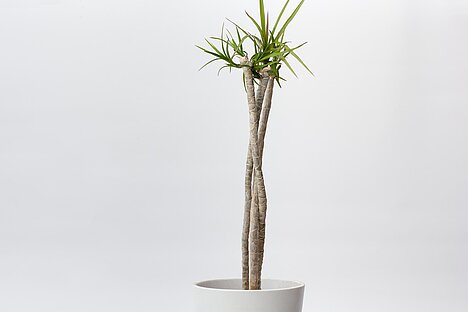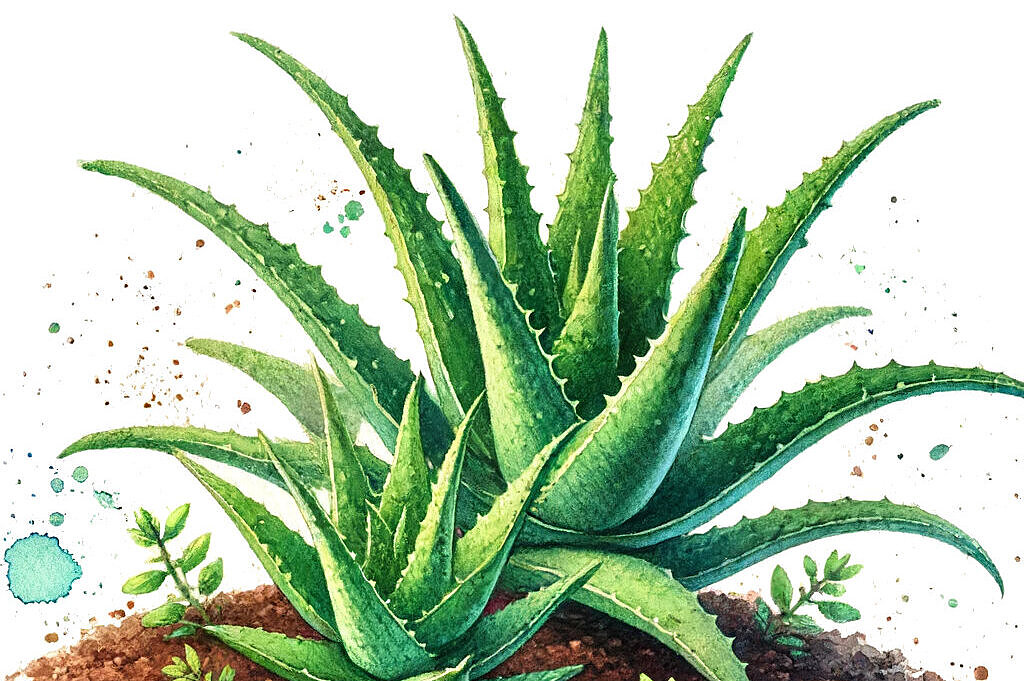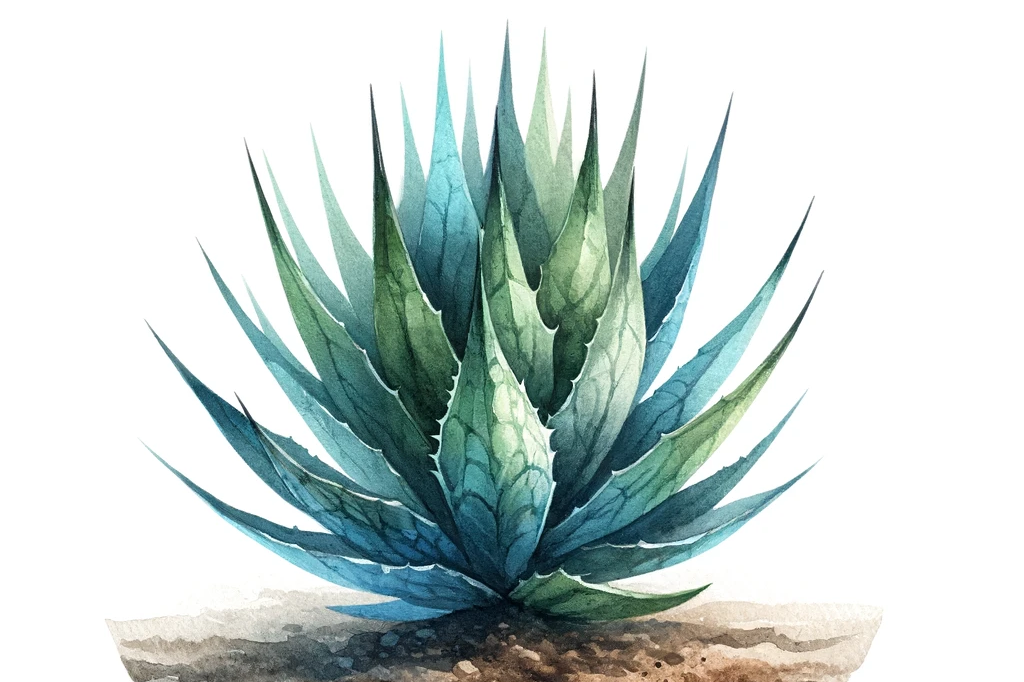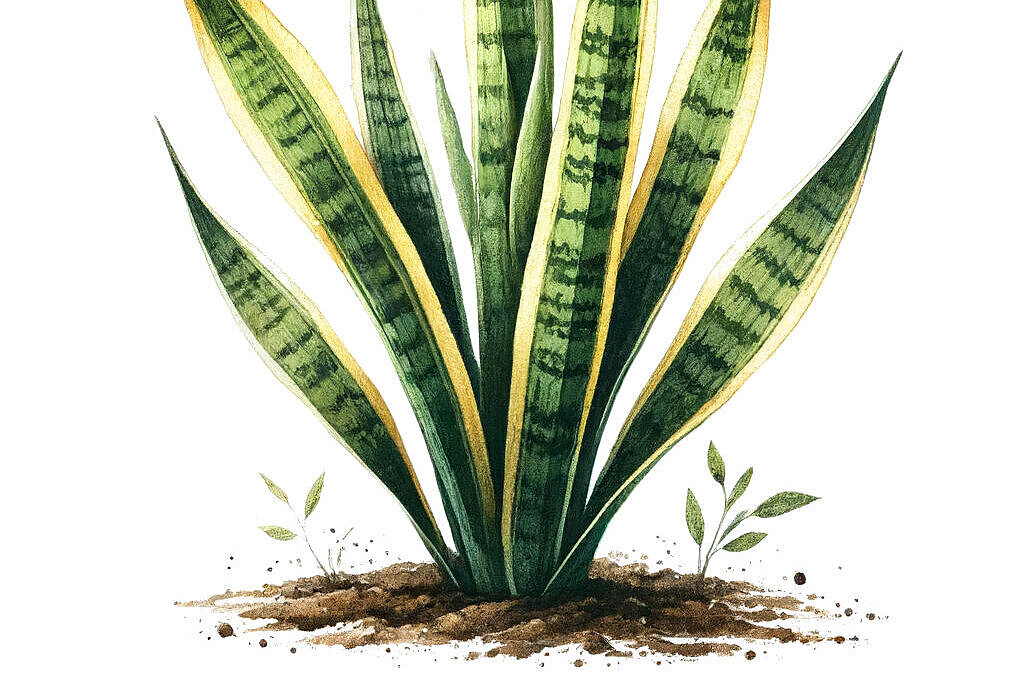Dragon tree

But is the dragon tree also suitable for dogs? Unfortunately not. Dragon tree is poisonous to dogs and can cause serious health problems if eaten. In this article, we explain why dragon tree is poisonous, what symptoms poisoning causes and what you can do to protect your dog.
Why is dragon tree poisonous to dogs?
Dragon tree contains saponins, secondary plant substances that are found in many plants. Saponins have a soap-like effect and foam up when they come into contact with water. They protect the plant from predators and fungal attack.
Saponins are harmless to humans in small quantities and are found in tomatoes, lettuce and peas, for example. However, the red sap of the dragon tree contains a high concentration of saponins, which are toxic to dogs.
What symptoms does a dog show if it has eaten dragon tree?
If a dog eats dragon tree, it may show the following symptoms:
- Increased salivation
- nausea
- vomiting
- Stomach pain
- Loss of appetite
The following symptoms may also occur in cases of severe poisoning:
- Movement disorders
- impaired consciousness
- bloody diarrhea
The symptoms can vary depending on the amount of plant parts ingested and the dog's state of health. In any case, you should consult a vet immediately if you suspect that your dog has eaten dragon tree.
How is dragon tree poisoning treated?
The vet will try to remove the poison from the dog's body and alleviate the symptoms. The following measures can be taken
- Activated charcoal: The administration of activated charcoal can bind the poison in the stomach and prevent it from entering the bloodstream. If possible, this should be done within two hours of ingesting the poison.
- Gastric lavage: Gastric lavage can remove the poison from the stomach. It should only be carried out under anesthesia.
- Infusion: An infusion can compensate for fluid loss and support kidney function.
- Medication: The vet can administer medication to protect the stomach lining, stop vomiting or relieve pain.
How can you prevent a dog from eating dragon tree?
The best prevention is, of course, not to have a dragon tree in the house if you have a dog. However, if you don't want to give up this beautiful houseplant, you should take the following precautions:
- Place the dragon tree out of your dog's reach, for example on a high shelf or chest of drawers.
- Regularly remove fallen leaves or other parts of the plant from the floor.
- Train your dog not to nibble or eat the plants.
- Keep a close eye on your dog when he is near the dragon tree.
The dragon tree is a beautiful houseplant, but unfortunately poisonous to dogs.
If you notice any signs of hypersensitivity or poisoning in your dog, you should see your vet immediately. We are not a substitute for a vet, but we try to be as accurate as possible. Every dog reacts differently and we recommend you get a second opinion or consult your vet if in doubt.
Stay healthy and take good care of your four-legged friend!😊
Similar to Dragon tree
Palm lilies (yucca) are a genus of plants from the asparagus family. They originate from the arid regions of America and are adapted to life in the desert. There are over 40 species of palm lilies,...
Aloe is a genus of succulents that includes over 300 different species. The best known and most commonly used species is aloe vera, also known as the desert lily. It originally comes from Africa and...
Agave is a genus of succulents consisting of more than 200 species. Most agaves originate from Mexico and the southwest of the USA, where they grow in dry and hot areas. Agaves have thick and fleshy...
Bow hemp (Sansevieria) is a genus of plants in the asparagus family. It originates from Africa and Asia and is also known as mother-in-law's tongue or African sisal. The plant is characterized by...



